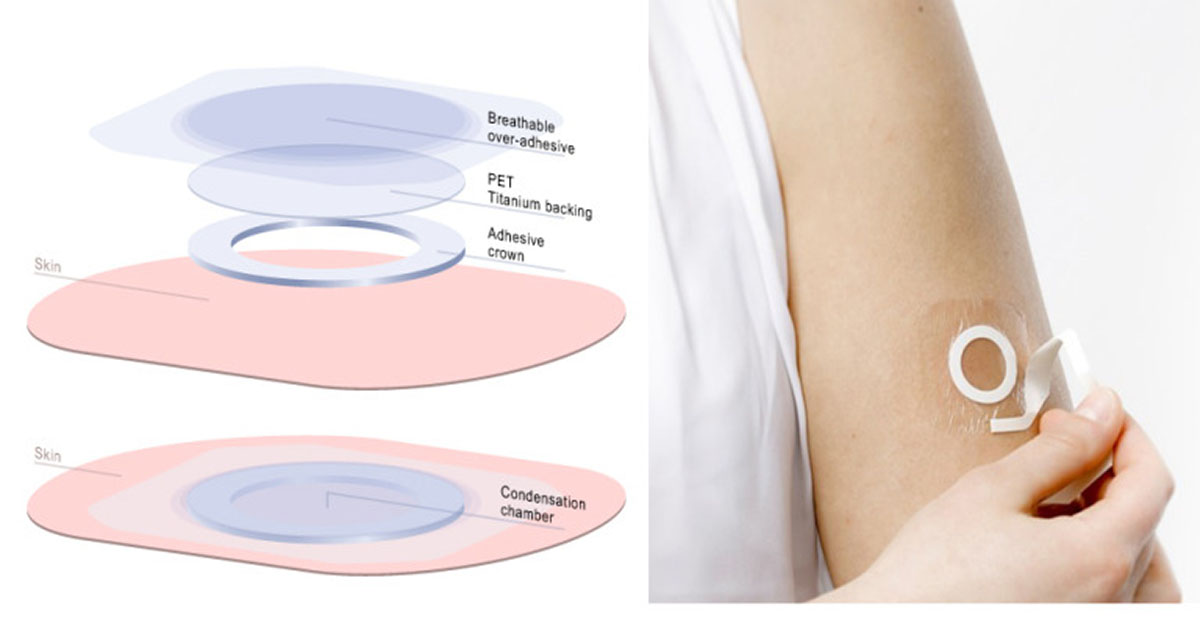Daily immunotherapy delivered via a dermal patch reduced the risk of reactions, including anaphylaxis, in children with an immunoglobulin E (IgE)–mediated cow’s milk allergy, according to a recent clinical trial published in JAMA Pediatrics.
“This treatment, which does not involve ingesting the allergen daily, is a promising development in the food allergy therapeutics space,” said Melanie Makhija, MD, associate professor of Pediatrics in the Division of Allergy and Immunology and a co-author of the study.
Immunoglobulin (IgE)–mediated cow’s milk allergy is one of the most common food allergies in children in the U.S., and an estimated 2 percent of children under the age of 5 years will develop the allergy, according to a previous Northwestern Medicine study. Approximately 80 percent of those children will eventually outgrow their milk allergy, but quality of life can be severely impacted in the meantime.
In February, the FDA approved omalizumab, the first injectable medication for IgE-mediated food allergies in adults and children. However, there are currently no FDA-approved treatments specifically for IgE-mediated cow’s milk allergy in children that do not require regular injections.
In the current study, the investigators aimed to evaluate the efficacy and safety of the Viaskin milk dermal patch in children with IgE-mediated cow’s milk allergy. The epicutaneous patch releases small doses of a milk allergen protein through the skin.
“The primary outcome of the trial was the proportion of patients who had a 10-fold or more increase in the total amount of cow’s milk protein they could ingest without a reaction or a cumulative reactive dose of cow’s milk protein at 1444 mg or more for 12 months, according to Makhija.
“The motivation behind this study was to assess whether there is a dose of Viaskin milk that could be a potential treatment to help protect children with milk allergy against accidental exposure,” Makhija said.
Children ages 2 to 17 years with IgE-mediated cow’s milk allergy from multiple sites in the U.S. and Canada were randomized to receive were randomized to receive one of three doses of Viaskin milk (150 micrograms, 300 micrograms or 500 micrograms) or a placebo daily for 12 months.
Overall, the highest response rate (49 percent) was observed in children 2- to 11 years old who received Viaskin milk at the 300-microgram dose, compared to a 30.2 percent response rate in the placebo group.
Adverse events, including treatment-related anaphylaxis, were also mild or moderate and were treatable on site.
“It [Viaskin milk] shows promise in terms of desensitizing children to milk allergy,” Makhija said. “The next step will be phase-3 studies of this treatment in a larger cohort of children.”
This work was supported by DBV Technologies, who develops Viaskin-based treatments.
- Skin Patch Improves Treatment for Pediatric Milk Allergies — Feinberg School of Medicine
- Varying Doses of Epicutaneous Immunotherapy With Viaskin Milk vs Placebo in Children With Cow’s Milk Allergy — JAMA Pediatrics





